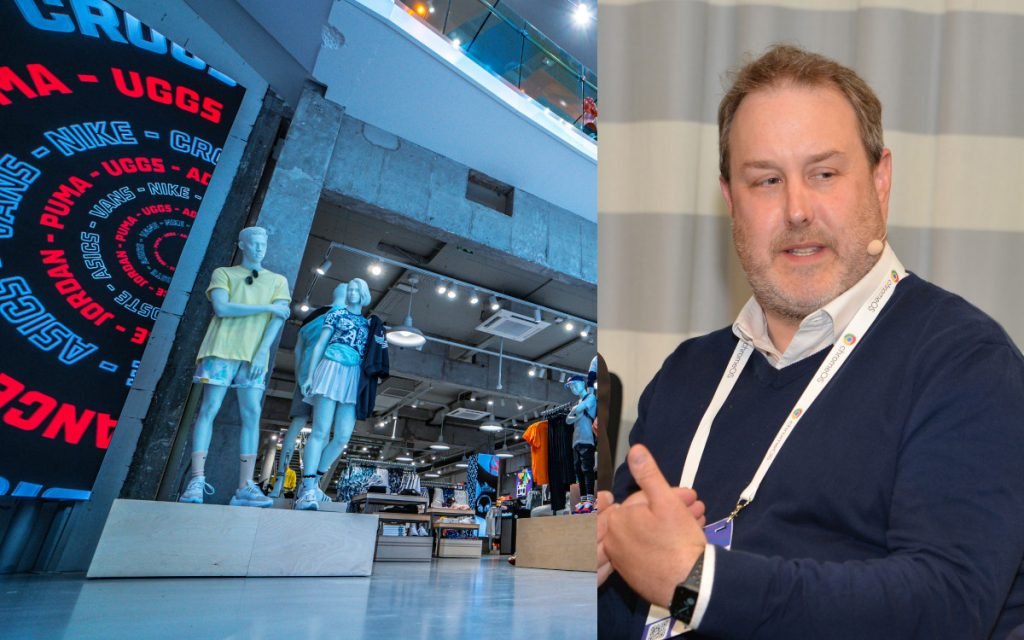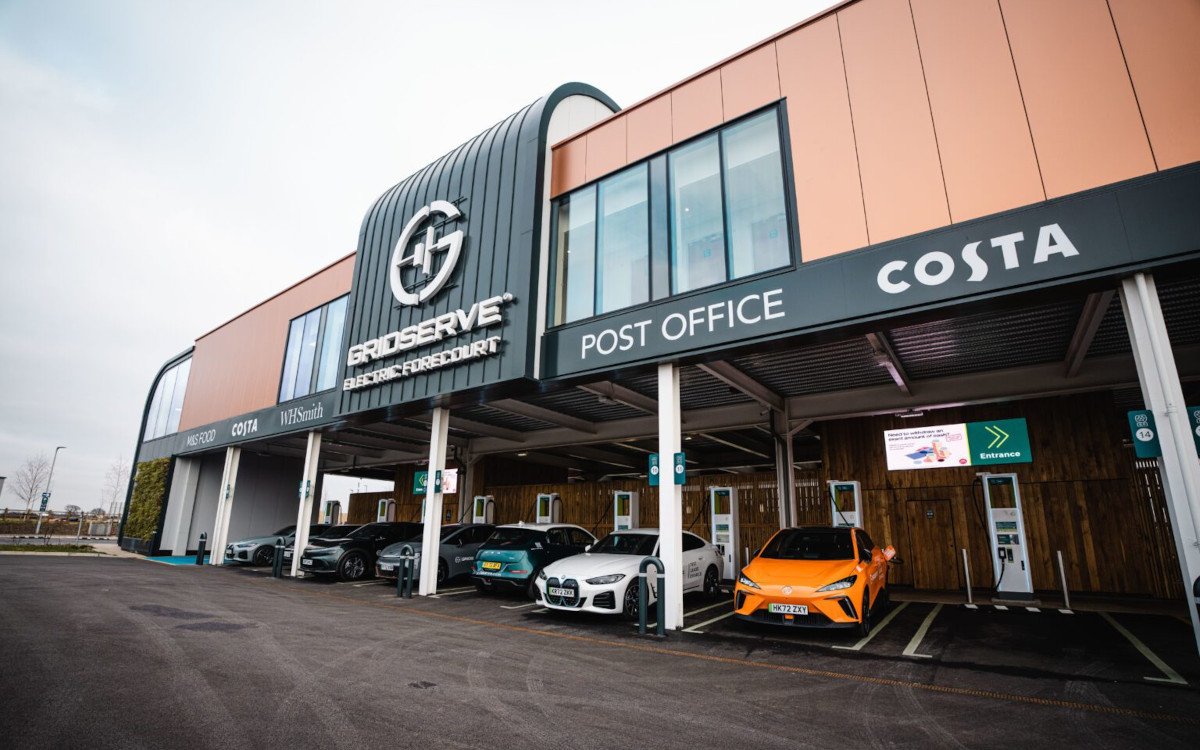Google is revolutionising the digital signage market with Chrome OS. But many digital signage integrators are sceptical. invidis spoke to Peter Critchley, an industry pioneer who embraced the switch to Chrome OS in 2015 and today operates between 5,000 and 10,000 digital signage endpoints based on the Google platform.
In the middle of the last decade, the Scala-partner Beaver – still today one of the UK’s leading digital signage integrators and operating under Trison UK since 2019 – was once again faced with a platform decision. The Scala digital signage platform trusted within its own organisation ran natively on Windows only. But in order to offer customers new innovations, hardware platforms, and remote management capabilities, Beaver Group CEO and co-founder Peter Critchley was looking for alternatives.
„We were looking for a modern cloud-based platform with more of an app approach, and this process was being driven by the solutions our clients expected“ the now-Trison-UK-CEO sums up in an invidis interview. „Google had just launched the first generation Chromebox in 2015. We really liked Google’s cloud philosophy and that it was a global vendor with a market cap over a trillion dollars, meaning it could reliably deliver and support a mission critical digital signage platform.“ The search engine company’s first foray into the B2B world was based on dedicated Chrome devices from Asus, Acer and HP, among others.
With its cloud-based, stable and secure ChromeOS platform, Google quickly conquered the North American education market. The kiosk and digital signage market was to be the next success story. But the first attempt to enter the market stalled – the first few Chromebox media players lacked some digital signage relevant features like multiple outputs and the ability to daisy-chain screens, and specific features like embedded remote desktop etc.
The team around Peter Critchley did not let the shortcomings of the first generation deter them. „We were totally convinced about the overall offering and performance of the platform and could see the potential for enormous growth, and knew we could help guide Google. In addition to the Google Admin Console, which gives genuinely granular control, we were able to roll out, operate and manage devices more easily and more reliably than ever before in the digital signage market.“
Device management will be critical
But Critchley was convinced that the future in digital signage would also be decided by device management, not solely by content management. „There is still a misconception in the market today that the CMS makes all the difference. But the ecosystem is as important as the CMS.“ From Trison UK’s perspective, the advantages of ChromeOS over Windows are more relevant today than ever before: „As a digital signage operating system, ChromeOS is robust, performant, reliable in operation and offers low entry and ongoing running costs.“
Beaver itself filled the digital signage feature gaps of the Google platform – especially in content management – with the internally-developed CMS Signage Ninja. “Existing Content Management systems lacked much of the operational functionality our clients were requesting and an increasing number of features which simply weren’t available on the CMS platforms kicking around at the time. So we decided to build our own – and since we began the project, between 5,000 and 10,000 Google ChromeOS digital signage endpoints are running on our own platform.” The CMS is not only used by Trison UK customers, but also by a carefully selected group of partners in North America, and elsewhere around the world.
Trison’s Solution Architects now regularly work closely with the engineering teams at Google to develop and curate key features, and the company’s solutions are one of a small group of Chrome Enterprise Recommended platforms globally which are certified by Google, and make the very best use of of the features ChromeOS offers.
ChromeOS for kiosk systems
Besides digital signage, Google also sees a huge amount of potential for ChromeOS as an operating system for all-in-one kiosk solutions. According to Google, ChromeOS Flex is a sustainable way to modernise devices that you already own, or convert new devices from their standard OS, to a cloud first, fast, easy to manage and secure platform and operating system.
HP already offers a ChromeOS-based kiosk solution, with the AIO kiosk solution from a major Korean display manufacturer next in line. For Peter Critchley, the case is clear: „The kiosk market offers enormous potential for a stable, secure and remotely maintainable operating system like ChromeOS“.

Enterprise vs Consumer – ChromeOS vs Android
In theory, the focus is quite simple – Android was developed as a consumer-focused operating system and runs on billions of mobile devices, watches etc worldwide – in literally hundred of varients. Every manufacturer adapts and tweaks Android to their needs to a certain extent, also introducing stability and compatibility issues as they do.
ChromeOS, on the other hand, is a carefully considered, fully standardised OS platform and is developed and maintained exclusively by Google. Similar to Windows, the overall responsibility lies with the software vendor and not the hardware manufacturer.
But, due to its high penetration in the B2C market, Android has also found its way into the B2B world. Digital signage being no exception. Apart from Samsung and LG – both of which use a Linux operating system they developed in-house – most digital signage providers rely on one form or another of Android for their SOC systems. Hundreds of media players, sticks and SoC touchscreens successfully run on one of the myriad Android variants, and functionality varies as a result.
ChromeOS, on the other hand, is only ever available in one secure version, worldwide and provides a far more stable, predictable and scalable platform.

